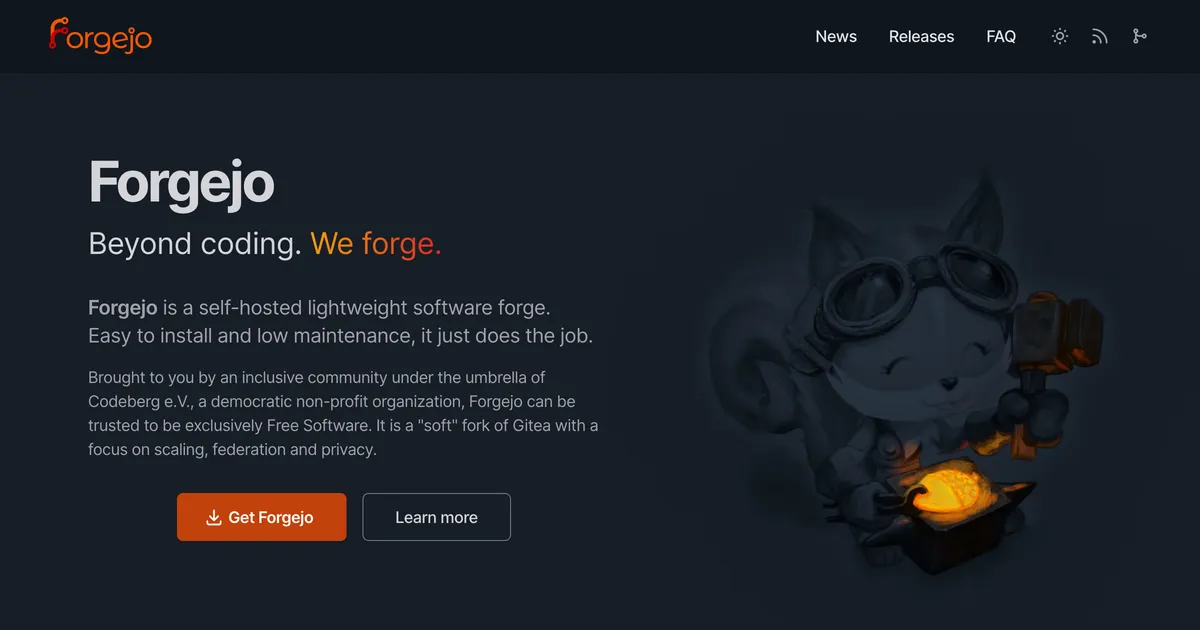Forgejo is changing its license to a Copyleft license. This blog post will try to bring clarity about the impact to you, explain the motivation behind this change and answer some questions you might have.
…
Developers who choose to publish their work under a copyleft license are excluded from participating in software that is published under a permissive license. That is at the opposite of the core values of the Forgejo project and in June 2023 it was decided to also accept copylefted contributions. A year later, in August 2024, the first pull request to take advantage of this opportunity was proposed and merged.
…
Forgejo versions starting from v9.0 are now released under the GPL v3+ and earlier Forgejo versions, including v8.0 and v7.0 patch releases remain under the MIT license.



Definition?
Wikipedia
TL;DR: A permissive license allows doing almost everything, including turning the code into proprietary products.
It means you don’t have to release the source code of your software if you use the source code of the open source project
deleted by creator
Permissive licenses permit a broader range of use compared to “copyleft” licenses.
“copyleft” here just being a cute way of being the opposite of copyright - instead of disallowing others from what they can do with “copyrighted” code, “copyleft” requires that they (upon request) share modifications to your code.
Permissive takes away this requirement to share your modifications. “copyleft” is considered more free and open source (FOSS), permissive is more business friendly.